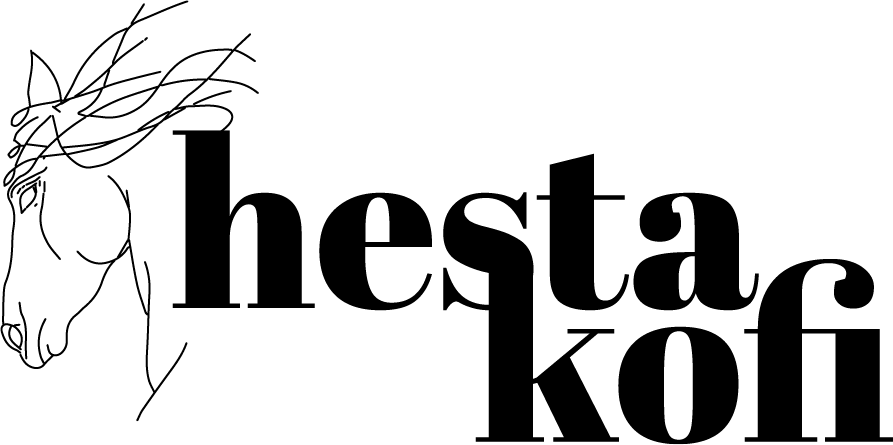Autumn grass mites have many names: harvest mite, hay mite, autumn aphid, autumn mite - all of these terms refer to the same ectoparasite, which belongs to the spider species. Let's stick with the name autumn grass mite.
Autumn grass mites are hard to spot with the naked eye, but unfortunately these mites attack both animals and humans. This disease is also known colloquially as harvest scabies.
The special thing about the autumn grass mite is that it is the larva and not the adult autumn grass mite itself. These small larvae lurk on blades of grass and wait patiently for a host, which will brush them off as they pass by. The active period of the autumn grass mite is from June to late autumn. We usually find autumn grass mite bites on horses in the head, ear and hoof area. The bites are often interpreted as mud fever in the hoof area, as scabs also form here. When looking at the wounds, however, you can see small bite marks that would not occur with mud fever. The pastern in particular is often less hairy and the skin is easier to reach there, as it is also close to the ground. The bite marks turn into small wounds on which scabs form. Normal wound treatment applies here. Our summer eczema lotion with CBD oil is very useful here, as it is anti-inflammatory and wound-healing. The lotion can be applied directly to open wounds. The lotion also keeps the mites away thanks to its essential oils. Grass mite bites stress our horses, but fortunately they do not transmit other diseases, as is the case with ticks. However, every untreated wound is an entry point for other diseases. The larvae are particularly active on warm and dry days.
Our tip is to spray your horses with Hestakofi anti-mosquito spray before they go out to pasture so that the larvae of the autumn grass mite don't have a chance to bite. Our Hestakofi anti-mosquito spray repels the grass mites very well.

